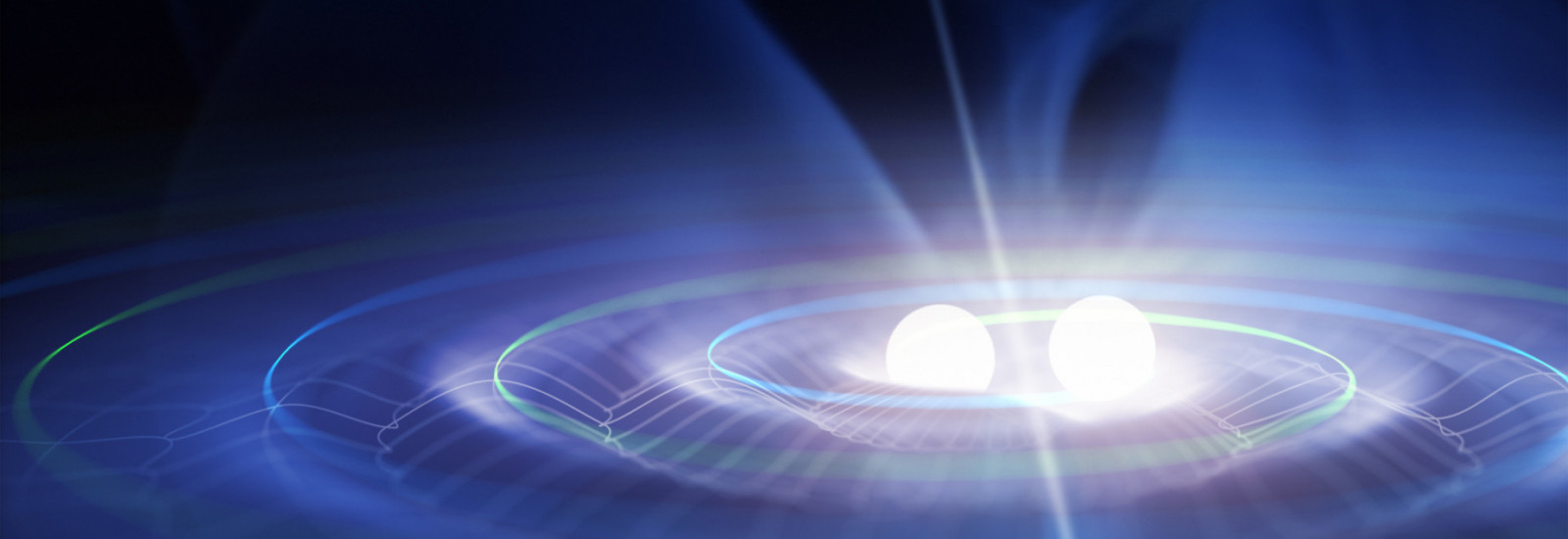Working on the Next Generation Gravitation Wave Observatory
“How much larger? Would you believe 10x larger?” asks Joshua Le Beau, General Vacuum Manager USA for VAT. “When you extrapolate the costs for extending the interferometer vacuum beam enclosures from the current lengths of 3-4km/arm to 40km/arm, that makes it obvious that we need to investigate a wide range of technologies and materials that could help to significantly lower the final cost of the next generation observatories.”
The vacuum technologies developed for the current LIGO systems – including the VAT vacuum valves – have met stringent requirements of vacuum integrity, extremely low hydrogen and heavy molecule outgassing, minimal particulate generation, and low vibration. VAT was the only vacuum valve company invited to the workshop and contribute specific vacuum expertise to the discussions.
New projects in the USA and EU
By the end of the NSF workshop, participants were confident that technical solutions could be developed that would have a sizeable impact on the cost of the design, construction and operation of the giant vacuum systems that are the heart of the planned next generation gravitational wave observatories. Currently, both the Cosmic Explorer in the USA and the Einstein Telescope in the EU are incorporating the results of the workshop.
With the amazing sensitivity an order of magnitude higher than the current observatories, the 3rd generation observatories will detect gravitational-wave sources across the history of the universe. Even sources barely detectable by LIGO today will be seen with incredible precision. By vastly increasing the number of detected sources — up to millions per year — and enhancing the clarity of these observations, these new observatories will have wide-ranging impact in physics and astronomy – from the smallest scales of fundamental physics to the largest scales of cosmology.
New way to look at the universe
“Gravitational wave astronomy – originally enabled by LIGO (and Virgo, a partner observatory) – has opened a completely new way to look at the universe. The breakthroughs made by LIGO, are only the start of our search for gravitational waves,” adds Joshua LeBeau. “However, these much larger 3rd generation observatories – including both the US and the EU projects – will demand a prodigious amount of research and development over the next decade.”
As a participant in the NSF workshop, VAT is a key technology partner in the development of the very large UHV systems needed for the new gravitational wave observatories. We will report on the progress of this exciting new scientific undertaking in future reports.
